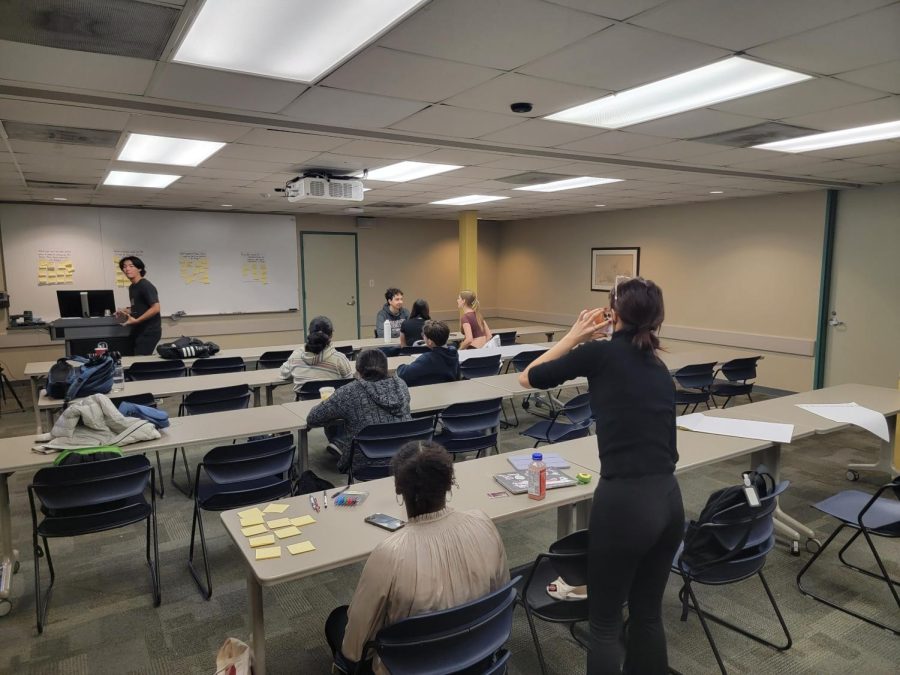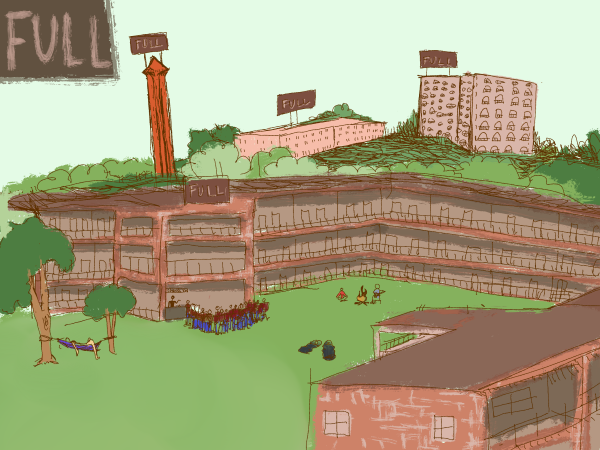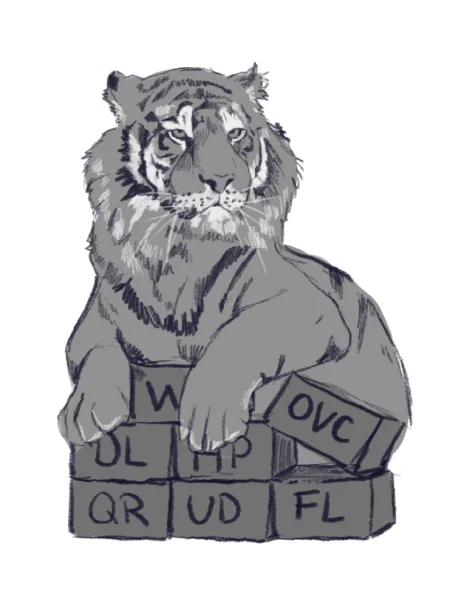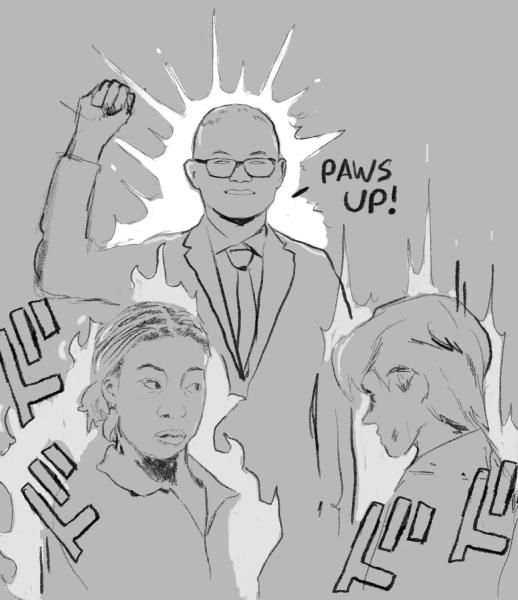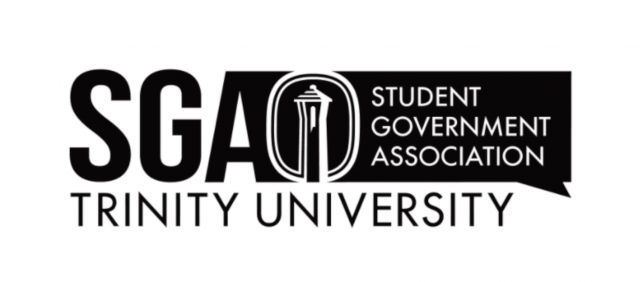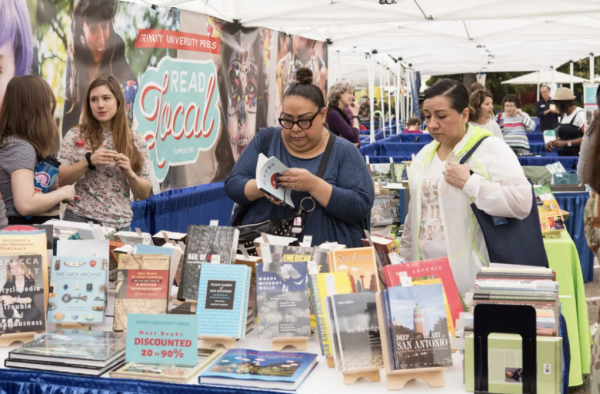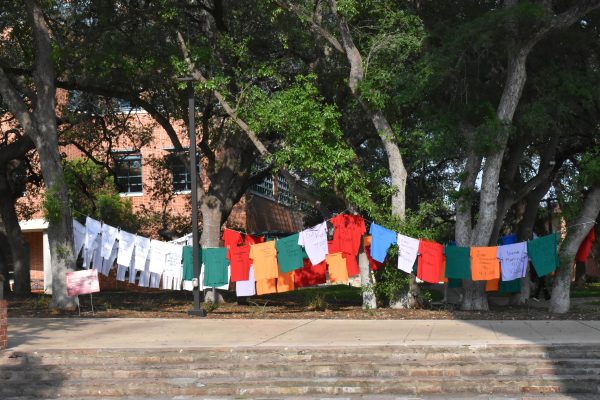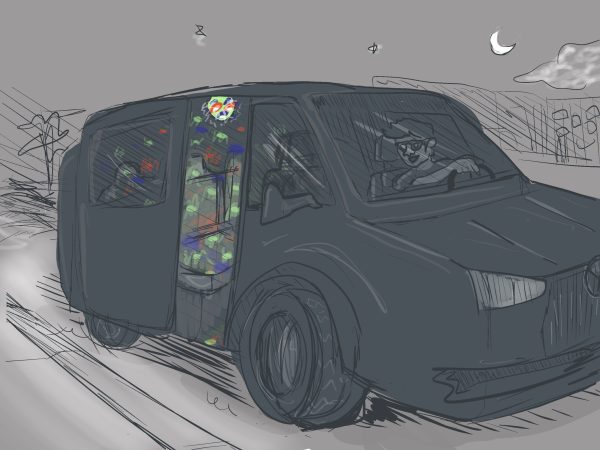Students lead an initiative for an Asian living community
The community is intended to be an inclusive space for sharing cultural experiences
According to the class of 2026 admissions profile, 48.8% of first-years are in an underrepresented minority group, and of these first-years, 9.8% are Asian. With the diversity of Trinity’s students, there is a unique opportunity to observe various cultures and learn more about people who come from differing backgrounds. This year, students have been working on creating an Asian living community for students to share in one another’s cultures.
According to Elia Sato, a sophomore psychology major, officer for the Japanese Culture Club (JCC) and member of the Asian American and Pacific Islander (AAPI) council, the living community is not exclusive, and it’s open to anyone who wants to learn about Asian culture.
“This is open to anyone at Trinity. It’s not just for Asians. It’s for everybody,” Sato said.
The focus group for the initiative held on Jan. 24 was a chance for those leading the initiative to hear feedback and concerns about the initiative from interested students.
Gary Sun, a first-year biochemistry and molecular biology (BCMB) major emphasized the importance of feedback from the community. “We had 30-plus people there, and we got a lot of feedback that we wanted. We want to get the community started, have a place to promote culture and then move on from there,” Sun said.
A cultural living community is something the university has seen before. In 2002, a Chinese-language floor was introduced to Dick and Peggy Prassel Residence Hall, in addition to the Spanish-speaking floor that was created in 2001.
The Chinese-language floor became the East Asian language and culture floor in 2009, but in the 2014-2015 school year, the tradition came to an end since there was no longer a residence hall with available kitchens that wasn’t already a designated first-year or sophomore hall.
The idea for this living community began as a chance for students who were interested in learning more about Asia to live together. The idea was first posed during the mid-autumn festival by first-year students Joshua Mitra* and Gary Sun.
Stephen Field, a Chinese language and literature professor and co-director of East Asian Studies at Trinity (EAST), emphasized that the Asian living community differs from the past language floors because the program is student-led and faculty-supported.
“We [faculty] can’t lead this, it has to be the students. We’re not the ones living in the dorms. The students have to engender the interest themselves and then come to us for help and guidance,” Field said.
Sun emphasized that the Asian living community would be a way to highlight Asian identities at Trinity and promote inclusivity.
“Our focus is one to bring Asian identity forward at Trinity, but also to promote inclusivity. Having a living community gives students a connection to their culture and an interest in learning more about their culture,” Sun said.
Sato explained that Asian students at Trinity have wanted a permanent place to share their culture on campus, but didn’t know what was possible.
“A lot of Asian students have wanted their culture to be highlighted on campus, and this is a chance for that to happen. We want to create a safe space for Asians to come together and reflect, but also promote our cultures,” Sato said.
Field made the point that having a cultural living community best facilitates learning more about one’s own culture and that of others due to the sense of immersion.
“If you can be on a floor with people who have a similar cultural experience, living becomes a learning experience,” Field said. “If you have a dorm with a kitchen, there’s another teaching opportunity there. The easiest way for people to come together is over dinner.”
*Joshua Mitra is a news reporter for the Trinitonian.
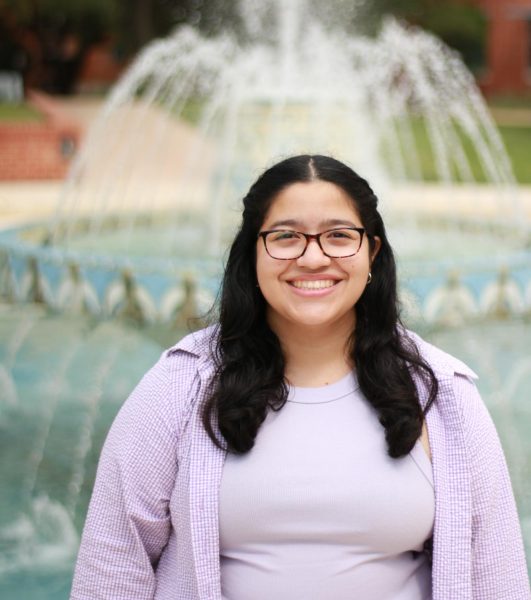
Hi! My name is Monica Martinez, and I’m a Sophomore business major. I am a news reporter for the Trinitonian and I love cats! I’m a trumpet player...
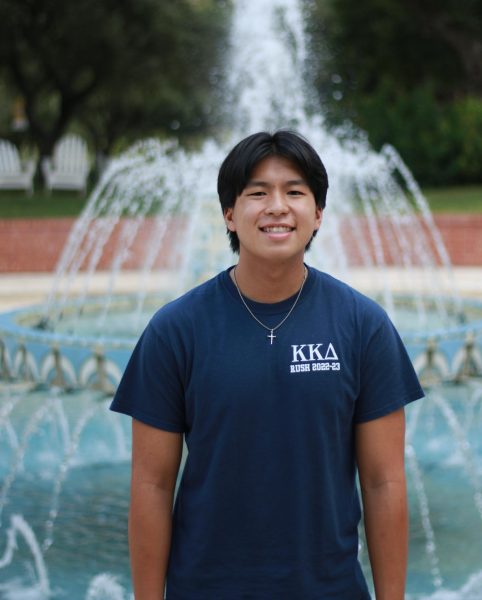
My name is Joshua Mitra and I'm a sophomore planning to double major in political science and communications. I'm from Boise, Idaho and use he/him pronouns....

